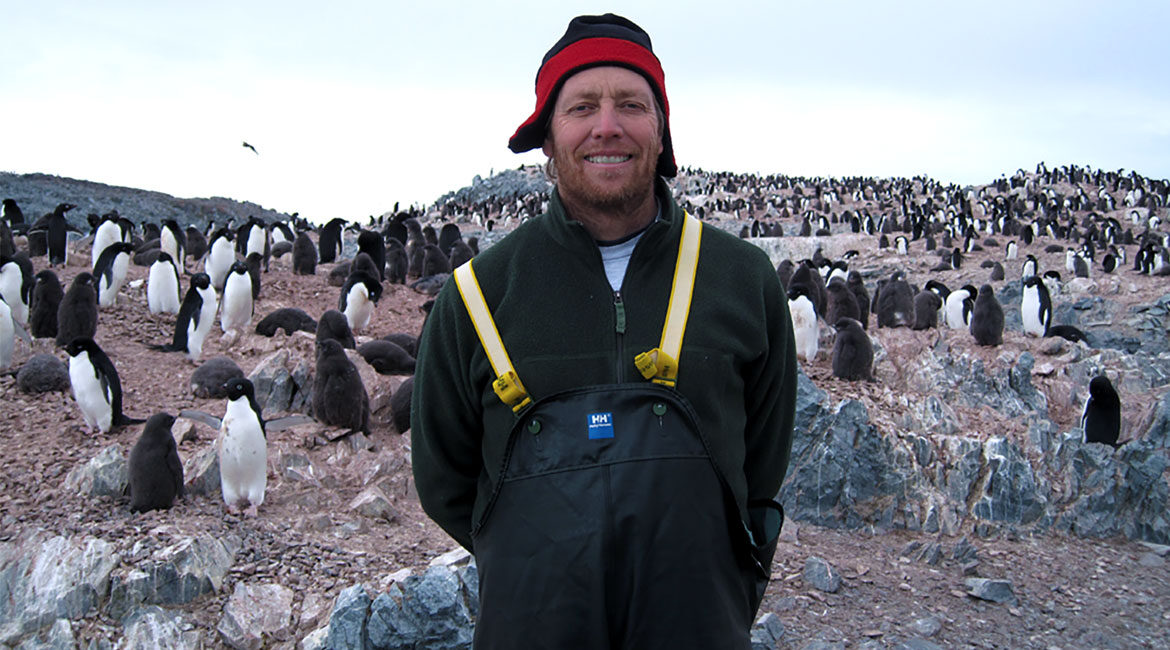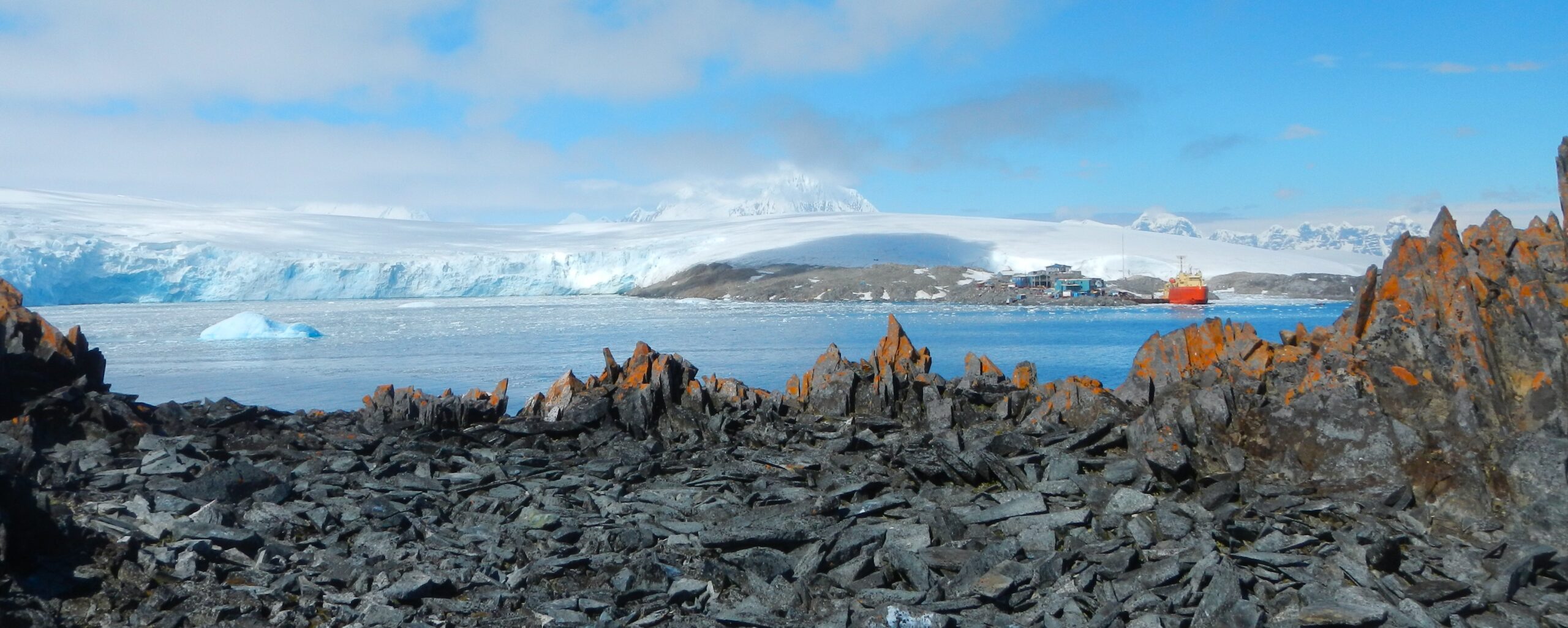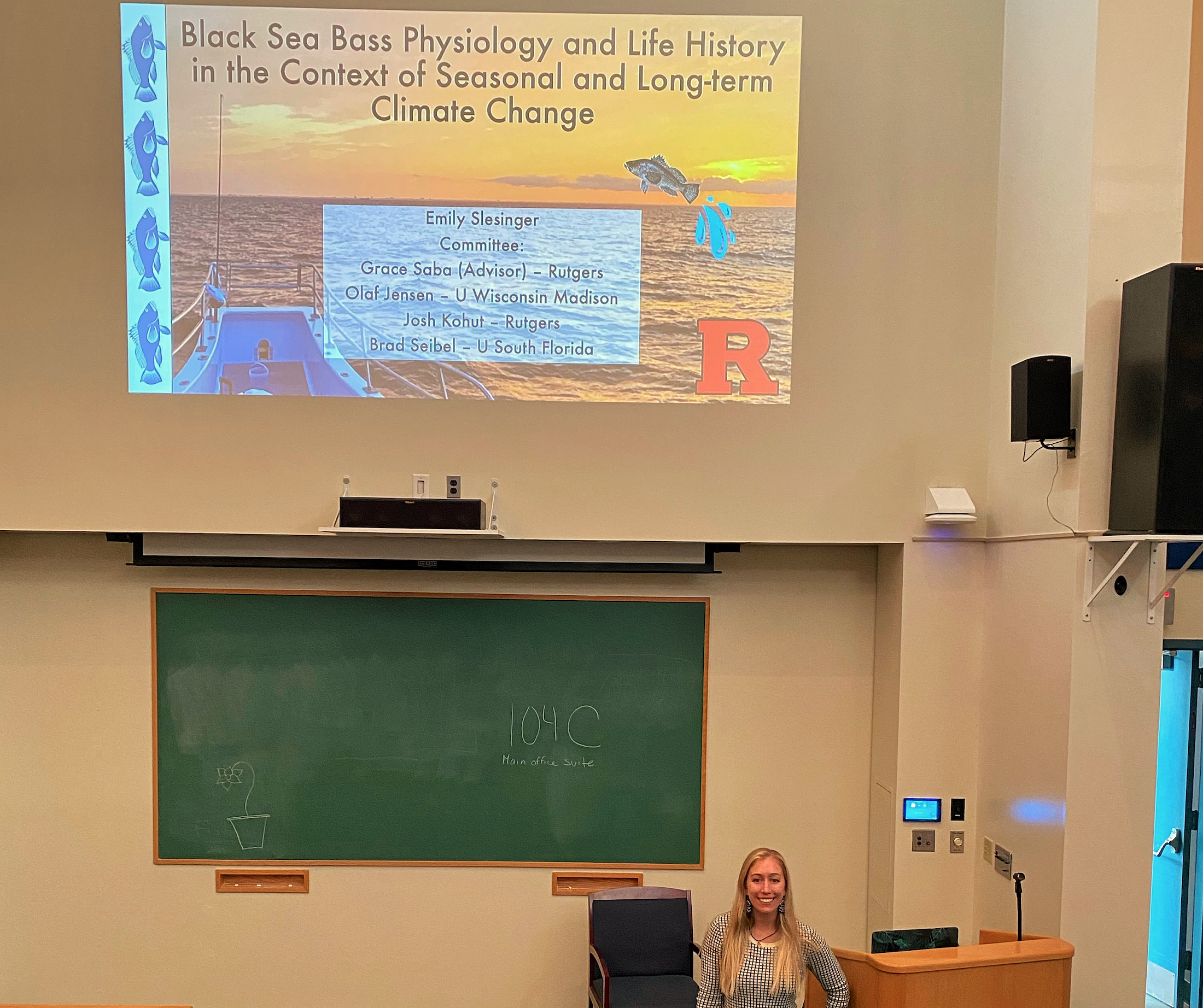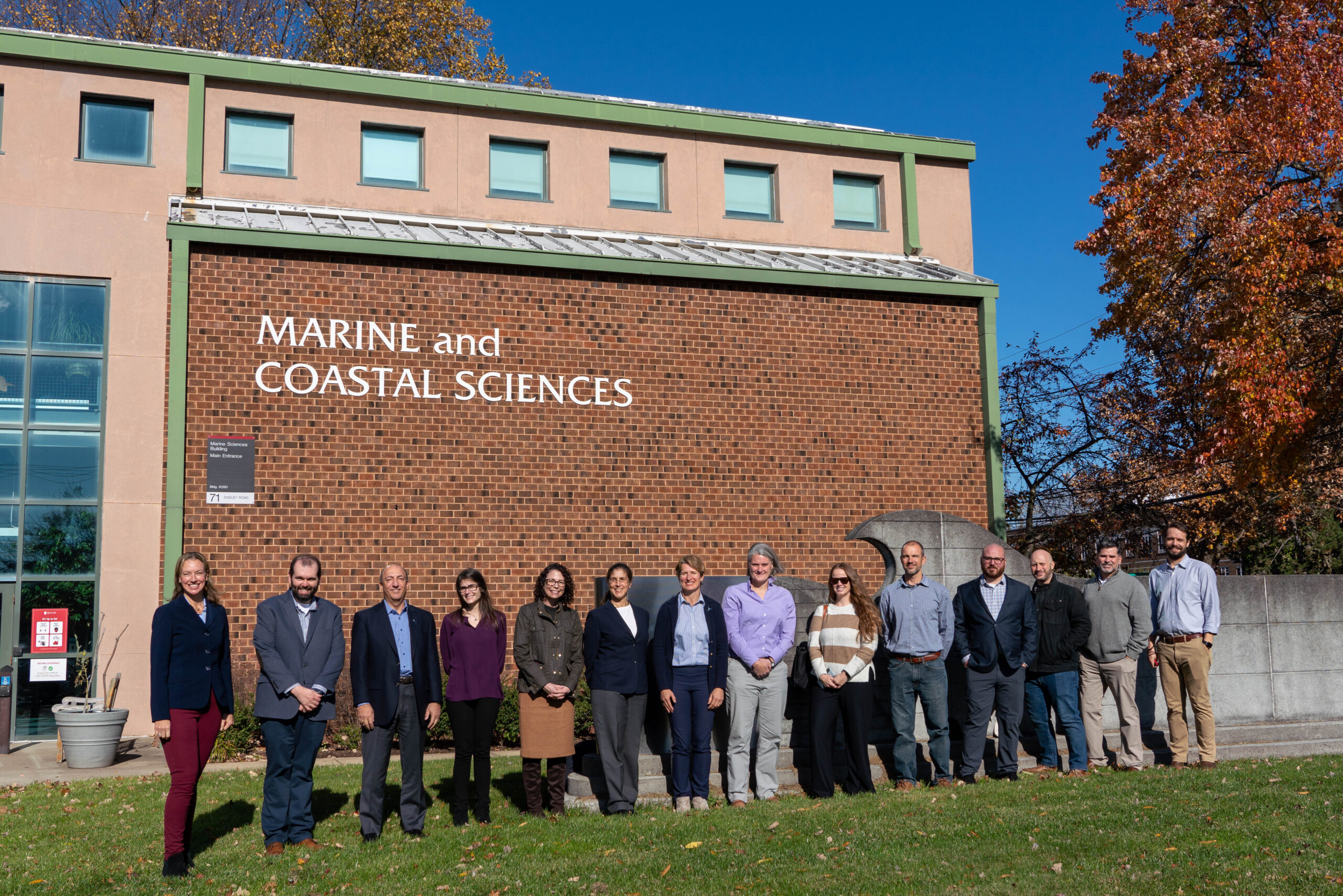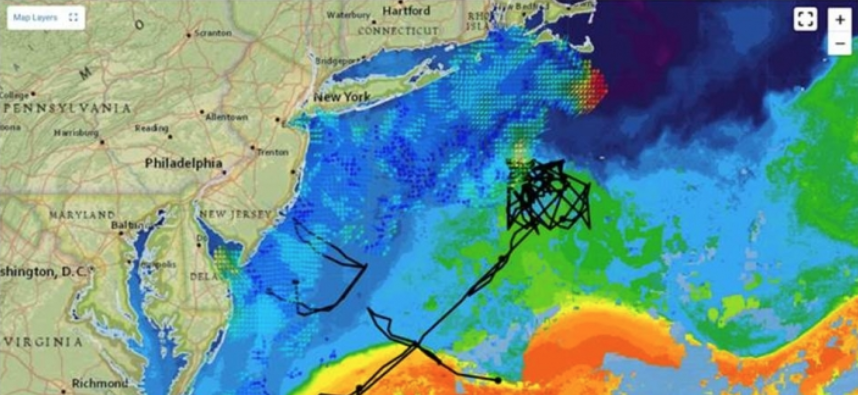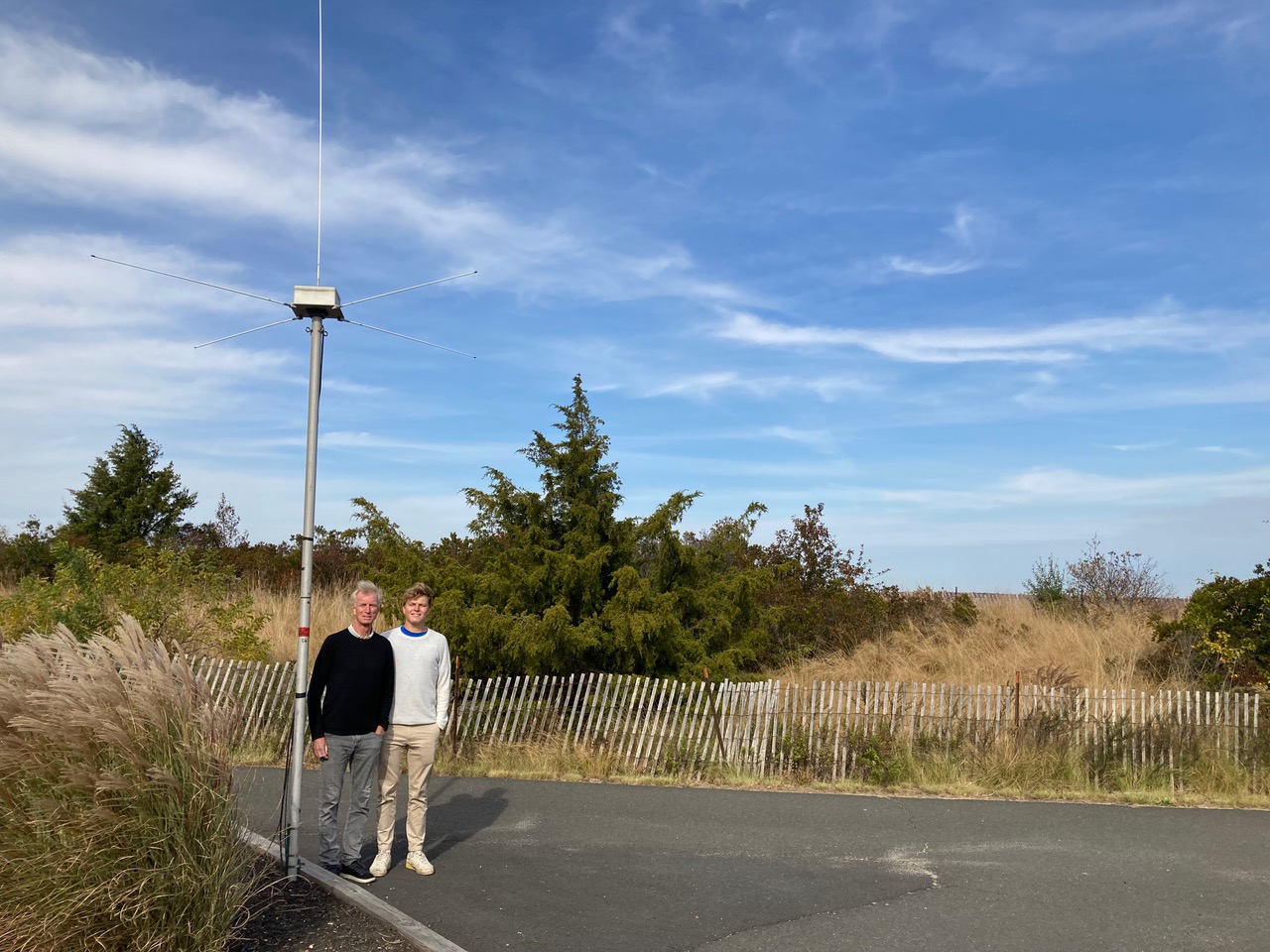Join Rutgers oceanographer Oscar Schofield as he chats with researchers aboard the Nathaniel B. Palmer as they study the marine ecosystems of the West Antarctic Peninsula
Join Rutgers oceanographer Oscar Schofield as he chats with researchers aboard the Nathaniel B. Palmer as they study the marine ecosystems of the West Antarctic Peninsula. Learn how the West…

